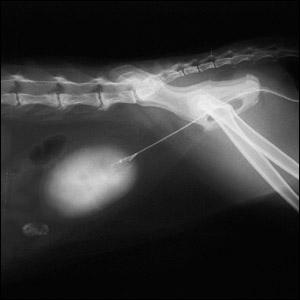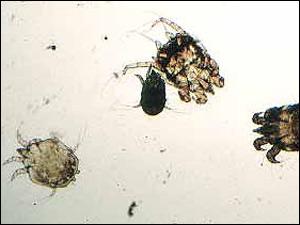
Cats
Cyanosis is a bluish or purplish coloration imparted to the skin or mucous membranes due to excessive amounts of poorly oxygenated hemoglobin in the circulation. The causes in cats include certain congenital heart diseases, various respiratory diseases, and exposure to certain chemicals that result in the creation of some abnormal forms of hemoglobin which are incapable of binding oxygen properly.
Cyanosis in cats is usually an alarming clinical symptom for pet owners and for veterinarians.
Therapy of cyanosis will depend on what is causing the condition.
There is no specific home care for cyanosis. Animals who are suspected to be cyanotic should be evaluated by a veterinarian immediately. Depending on the cause of the cyanosis, your veterinarian will make specific recommendations as warranted.
 Dysuria (Trouble Urinating) in Cats
Dysuria (Trouble Urinating) in Cats
Dysuria (Trouble Urinating) in Cats
Dysuria (Trouble Urinating) in Cats
 Benadryl For Cats
Benadryl For Cats Benadryl (active ingredient diphenhydramin
Benadryl For Cats
Benadryl For Cats Benadryl (active ingredient diphenhydramin
 Epilepsy in Cats Causes
Epilep
Epilepsy in Cats Causes
Epilep
 Pruritus (Itchiness) in Cats
Pruritus (Itchiness) in Cats
Pruritus (Itchiness) in Cats
Pruritus (Itchiness) in Cats
 Sneezing and Nasal Discharge in Cats
Sneezing and Nasal Discharge in Cats
Sneezing and Nasal Discharge in Cats
Sneezing and Nasal Discharge in Cats
Copyright © 2005-2016 Pet Information All Rights Reserved
Contact us: www162date@outlook.com